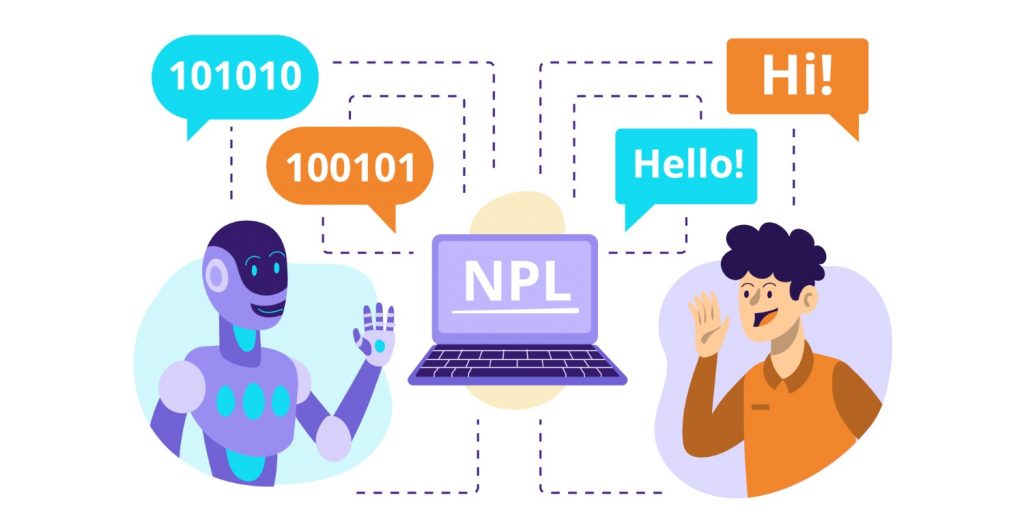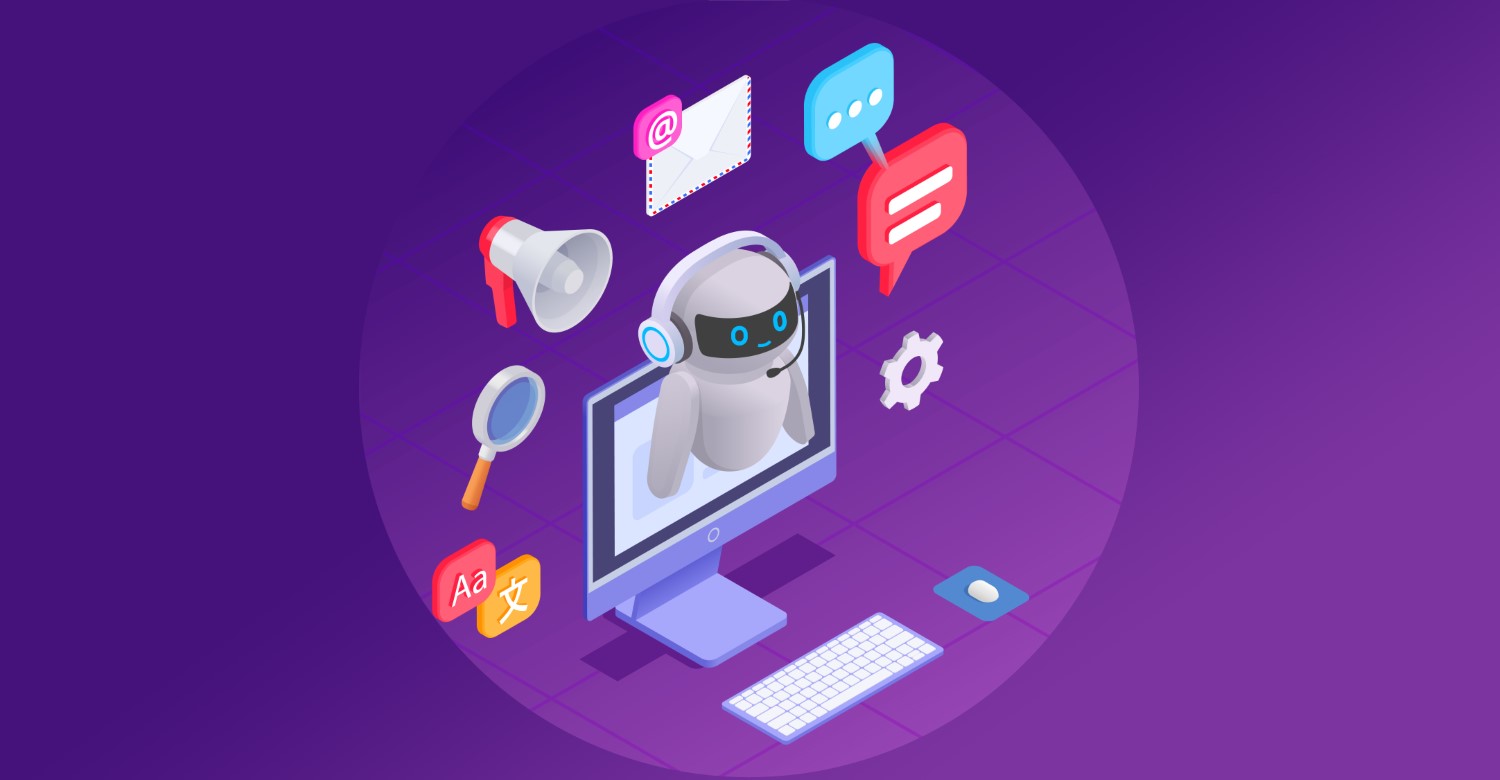AI virtual assistants are transforming how we work and go about our daily lives. One central area being impacted is the emergence of sophisticated virtual assistants that can understand natural language, automate tasks, and enhance human productivity like never before. As the future of work evolves due to technological disruption, AI-powered virtual assistants hold tremendous potential to allow workers to focus on higher-value activities.
This article will provide an in-depth look at how AI-driven virtual assistants enhance productivity now and in the future. It will cover the evolution of virtual assistants, explain how AI enables their capabilities, discuss vital features that boost productivity, highlight use cases across industries, consider future advancements and ethical concerns, and provide guidance on implementing virtual assistants. The future of work powered by AI promises to bring more automation, personalization, and productivity – and virtual assistants will play a leading role in that transformation.
Table of Contents
Chatting with AI: The Rise of Virtual Assistants
Remember Clippy, the cheery paperclip from Microsoft Office? He couldn’t tell a spreadsheet from a sonnet. But like an eager intern, he tried his best to be helpful. Now, leap forward to today’s AI-powered virtual assistants like Siri, Alexa, and Watsonx. Armed with advanced natural language processing (NLP) and machine learning, these bots hold real-world conversations, understand context, and help tackle tasks from scheduling to research.
Virtual assistants have evolved rapidly from simple chatbots dependent on keywords to intelligent aides that can respond conversationally like a human colleague. According to research firm Gartner, by 2023, a quarter of employees will use virtual assistants daily. As natural language and voice technology advances, AI assistants are poised to revolutionize the workplace.

The Brain Behind the Bots
What gives virtual assistants their smarts? Artificial intelligence, specifically natural language processing, and deep neural networks. Using NLP algorithms, bots analyze speech and text to extract meaning and intent. This capability allows them to interpret complex voice commands instead of just recognizing keywords.
Large machine-learning models help AI assistants enhance their language capabilities based on new data and exchanges. The more conversations the bots have, the more intelligent they become. Virtual assistants can also tap vast databases and knowledge graphs to access information necessary to respond accurately to diverse user requests.
This AI foundation enables virtual assistants to move beyond scripted responses and have natural, contextual conversations like humans. And their abilities are only growing with leaps in AI research.
Tackling the Productivity Problem
Knowledge workers today run a daily challenge of distractions and information overload. It’s a perpetually full inbox, an endless stream of pings and notifications, mounting meetings, projects, and priorities pulling focus in multiple directions. According to one survey, office workers lose 2.1 hours daily to distractions alone. This fragmentation takes a toll on productivity.
AI-powered virtual assistants provide solutions by automating repetitive administrative tasks, filtering and prioritizing information flows, and integrating into workflows to shoulder more of the burden. Instead of constantly context-switching between email, calendar, communications, and documents, workers can interact with a single intelligent assistant to help manage it all. This process saves time while reducing mental fatigue.
Virtual assistants are a productivity multiplier, giving workers extra capacity to concentrate on high-value responsibilities. AI augments human capabilities to boost performance. It’s like having a personal intern, except much smarter.
Key Features and Functions
Let’s explore the key features fueling the productivity potential of AI-powered virtual assistants:
Natural Language Understanding – With advanced NLU capabilities, users can interact conversationally using natural speech instead of rigid commands. Virtual assistants analyze the meaning and intent behind requests to determine the required actions. This capability facilitates quick task delegation and information access without breaking focus.
Task Automation – Virtual assistants excel at taking over repetitive administrative chores like scheduling, data entry, and reporting. Users can also train assistants to handle job-specific routines, automating such tasks on demand or schedule. This ability saves workers hours of rote activity each week.
Personalization – Based on individual user data and habits, virtual assistants progressively learn to provide tailored, context-aware support. For example, pulling up relevant documents and automatically filling in routine meeting agenda items customized for the participants. This personalized assistance streamlines workflows.
Proactive Recommendations – Beyond responding to user requests, sophisticated virtual assistants proactively suggest actions like calendar items, reminders, and potential contacts or information sources based on insights from past interactions and communications data. This anticipatory assistance helps users work smarter.
Secure Collaboration – AI assistants allow secure messaging with co-workers to facilitate task collaboration. Delegated tasks are transparently tracked and handed off securely between human teammates and bots. Virtual assistants act as an integrated platform for coordinated teamwork.
Ongoing Reports – Users can request briefings from virtual assistants recapping essential information like key meetings, upcoming deadlines, reminders, etc., to start the day informed. Similarly, assistants can provide end-of-day recaps to create closure. This workflow transparency ensures the user stays up-to-date and in control.
These capabilities make virtual assistants a natural hub for boosting individual and team productivity in the workplace.

AI Virtual Assistants in Action
AI-powered virtual assistants are already transforming a variety of industries and roles:
IT Professionals – Chatbots help IT teams automate repetitive tasks like ticket classification and routing, password resets, assembling status reports, and alert monitoring. This routine saves hours of manual work so technicians can focus on critical systems management and maintenance.
Customer Service – AI chatbots provide instant self-service support for common customer inquiries on websites and messaging apps. The instant service increases satisfaction through quick convenience, enabling service reps to focus on relationship-building.
Legal Professionals – Virtual legal assistants help automate document drafting and review, research case law and precedents, manage calendars and deadlines, and generate billing reports; this allows attorneys to devote more time to high-value client interactions.
Sales Professionals – Intelligent CRM assistants understand natural language requests to automatically pull up relevant customer data and history when referenced in context during deals. This instant access accelerates sales cycles.
Finance Professionals – Virtual assistants generate financial reports, track portfolios, complete audits, run projections based on various scenarios, and extract key insights from data, which can boost advisor productivity.
The common thread is AI automating the low-priority work so human employees can direct their talents towards more meaningful and engaging aspects of their jobs.
The Future of AI Assistants
As natural language processing, machine learning algorithms, and AI knowledge graphs continue advancing, so will the capabilities of virtual assistants. Here are key areas of expected development:
- Broader domain knowledge – Assistants will expand into new verticals as underlying knowledge bases grow.
- Contextual awareness – Bots will better analyze contextual signals like tone, location, and habits to personalize interactions and anticipate needs.
- Multimodal engagement – Support for conversational gestures, expressions, and visuals could make assistants feel more natural and personable.
- Proactive actions – Assistants may take limited autonomous steps like scheduling recurring meetings or ordering supplies based on permissions and past tendencies.
- Workplace ubiquity – Integration with wearables, smart home devices, cars, and more could make assistants universally accessible.
- Synthetic speech – Generative deep learning models could make a virtual assistant’s speaking style practically indistinguishable from a human’s.
However, for assistants to realize their full potential, continued governance will be critical to ensure responsible design and use. Areas to proactively address include security, privacy, transparency, bias prevention, and impact on employment. With prudent stewardship, advanced virtual assistants promise to transform productivity.
Implementing AI Assistants
For companies and teams looking to implement virtual assistants, the following best practices can maximize productivity benefits:
- Assess which tasks are most ripe for automation versus augmentation. Target repetitive administrative work for handoff to AI.
- Phase in assistant features gradually with transparent communication. Involve staff in onboarding design.
- Encourage staff to delegate tasks to maximize productivity gains proactively. Make usage habitual.
- Personalize assistant interactions by providing samples of past emails, documents, and data for context.
- Set permissions carefully based on user needs—control access to sensitive systems.
- Continuously train assistants with feedback on performance and new use cases.
- Monitor AI assistant usage to ensure transparency, ethical application, and positive workforce impacts.
With deliberate effort, organizations can integrate intelligent virtual assistants seamlessly into workflows for enhanced productivity, accessibility, and satisfaction.
The Future of Work Belongs to Human-AI Collaboration
The meteoric evolution of AI-powered virtual assistants represents a pivotal shift in the future of work. Intelligent bots promise to augment human capabilities and excel in areas of weakness like managing tedium, data crunching, and unwavering focus. However, human skills like creativity, empathy, judgment, and strategy remain vital.
Rather than work being displaced overall, the nature of roles will likely transform towards increased collaboration between humans and AI. Just as past technological revolutions gave rise to new fields of jobs, workers specialized in effectively leveraging AI will emerge across industries.
Of course, continued governance regarding security, privacy, and ethics remains paramount as adoption accelerates. But by embracing automation for repetitive work and focusing human energy on the meaningful applications of our talents, the future of work looks brighter. With AI to assist us, we can aspire to greater productivity and fulfillment.
Frequently Asked Questions
Q1. How are virtual assistants different from basic chatbots?
A.1 Virtual assistants use AI technologies like natural language processing and machine learning to enable more natural, contextual conversations that understand intent and meaning. Chatbots rely more on scripted responses to keywords.
Q2. What kinds of tasks can virtual assistants automate?
A2. Virtual assistants can automate many repetitive administrative duties, including scheduling, data entry, document drafting, research, reporting, project management, email handling, and more.
Q3. How will virtual assistants impact jobs and employment?
A3. Some routine clerical roles will likely decline, but new hybrid jobs leveraging AI collaboration will also emerge. With prudent implementation focused on augmentation over wholesale replacement, virtual assistants could make many roles more productive and fulfilling.
Q4. Are virtual assistants only useful for large enterprises?
A4. While adoption is surging in large companies, consumer tools like Alexa, Siri, Cortana, and Google Assistant show the value of AI assistance for daily productivity and convenience in anyone’s life. Advances in personalization could further drive mainstream adoption.
Q5. How can we ensure the responsible use of AI assistants?
A5. Important considerations include:
- Offering transparency.
- Maintaining human oversight.
- Providing fair & quality training data.
- Preserving user control.
- Monitoring for bias.
- Weighing effects on employment.
Using AI ethically to augment work should remain the goal.




